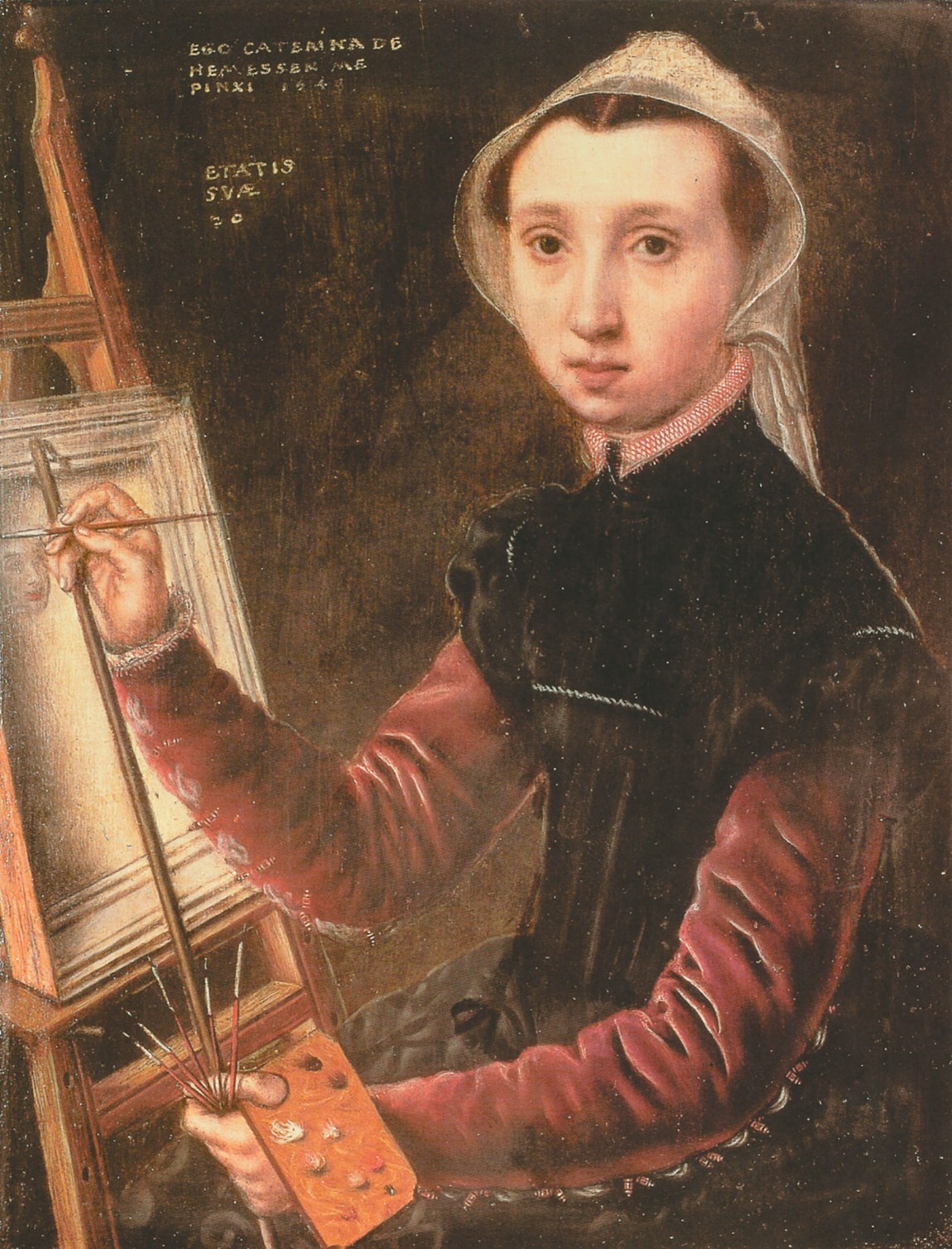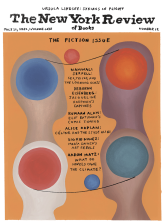In response to:
Painting Herself from the May 12, 2022 issue
To the Editors:
Ruth Bernard Yeazell writes, “In 1548 the Flemish painter Catharina van Hemessen produced what is generally regarded as the first self-portrait of any artist in the act of painting” [“Painting Herself,” NYR, May 12]. If drawing in preparation for painting is considered an integral part of the act of painting, then Rogier van der Weyden’s painting Saint Luke Drawing the Virgin and Child (circa 1435) in Boston’s Museum of Fine Arts should be acknowledged as predating Hemessen in depicting the subject of the self-portrait of an artist at work. Confirmation that Rogier’s Saint Luke is a depiction of Rogier himself, which is widely considered to be the case, is provided by his likeness to a portrait inscribed with his name. In depicting himself as Luke, Rogier began the tradition of self-portraiture as the patron saint of painting that Yeazell indicates in her essay.
What is also interesting is that Rogier’s painting was in the Spanish Royal Collection when Velázquez was the king’s painter and charged with oversight of the collection. Velázquez certainly knew Rogier’s self-depiction as Saint Luke and was most likely stimulated by it in conceiving the most commented-upon self-portrait of an artist at work, his late masterpiece Las Meninas.
Anthony Apesos
Jamaica Plain, Massachusetts
Ruth Bernard Yeazell replies:
I am grateful for Anthony Apesos’s addition to the record. There remains a difference, of course, between Van der Weyden’s using himself as a model for Saint Luke and Van Hemessen’s straightforward announcement that she has painted herself. But I often tell my students to be wary of all claims to have identified a historical first, and Apesos’s observation is a salutary reminder as to the wisdom of following that rule.




